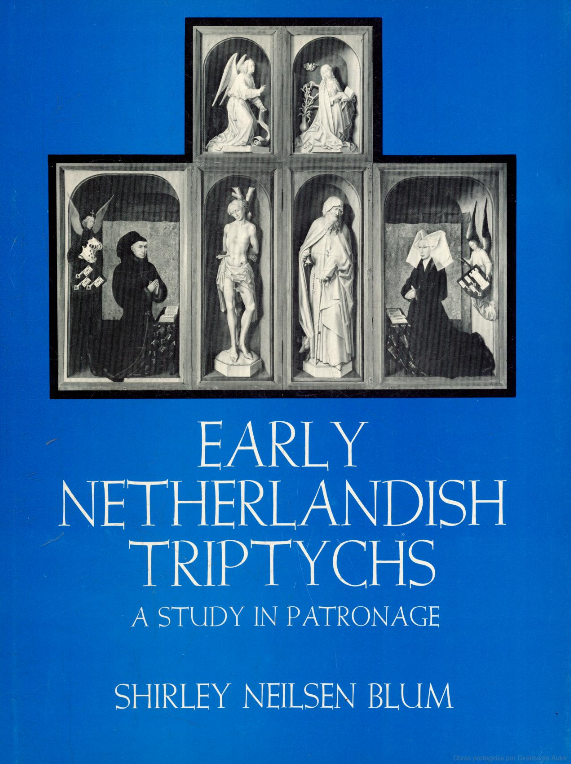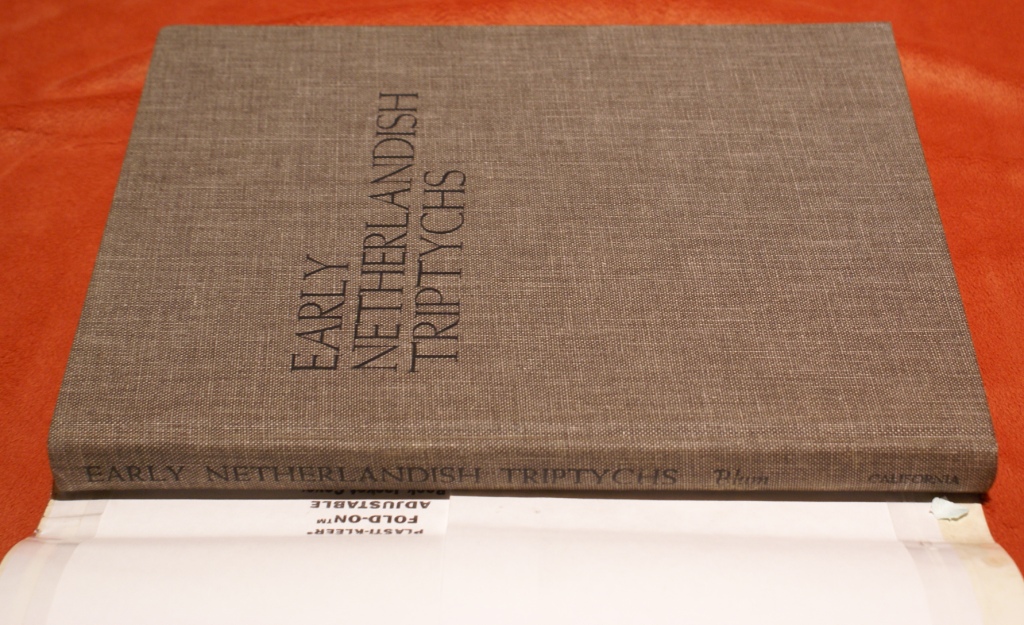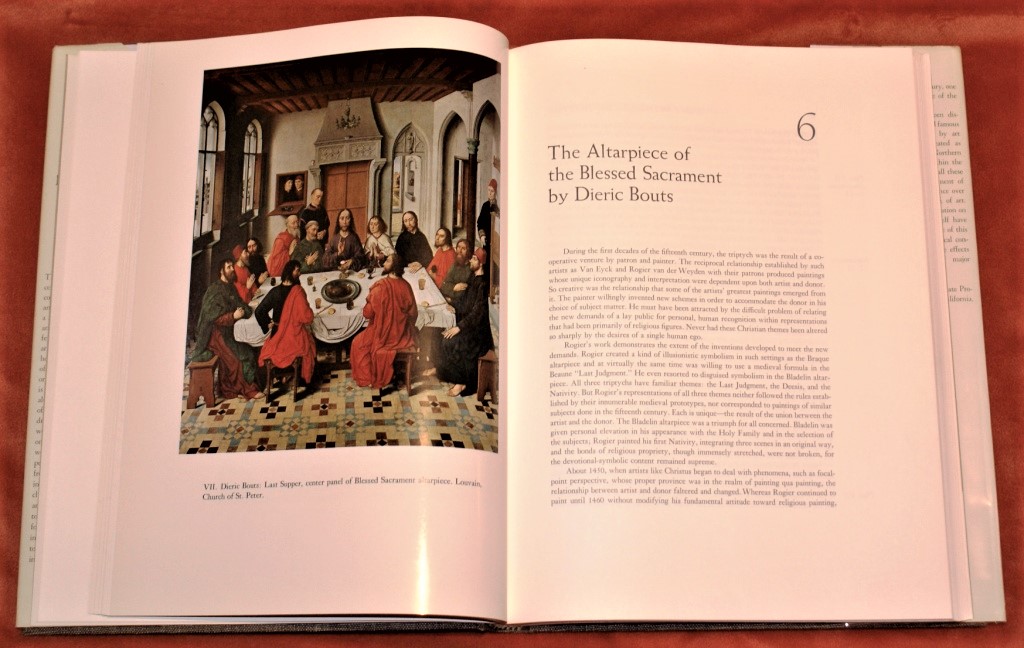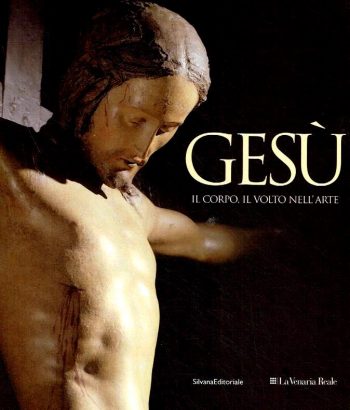Description
Early Netherlandish Triptychs: A Study in Patronage
Blum, Shirley N.
University of California, Berkeley / Los Angeles, 1969
Capa dura encadernado a tecido castanho com ferros a seco na pasta dianteira e na lombada e com sobre-capa com ilustração editorial protegida por celofane | Brown cloth bound hardcover with black lettering on to spine and front cover, pictorial illustrated dust-jacket mylar protected. 176 + [80 (ilustrações | illustrations)] páginas | pages. 24,3 x 31,8 x 1,9 cms
Profusamente Ilustrado | Profusely Illustrated
Livro em muito bom estado. Quase novo | Book in very good condition. Almost pristine
Idioma | Language: Inglês | English
PT
Belo e monumental livro, um estudo precursor e raro no seu género.
Dos mais de cento e vinte trípticos ainda existentes, sabemos a localização e doação de apenas onze. Felizmente, essas peças alteradas foram todas feitas pelos principais artistas da época, e há pelo menos um exemplo de cada década. Essas onze pinturas constituem a base deste estudo, sendo um capítulo dedicado a cada uma. Elas são tratadas como entidades únicas, a fim de restabelecer o contexto único que forma a base de cada obra, combinando os fatores situacionais ou “extra-artísticos” com a iconografia das pinturas. Como as obras estão distribuídas de maneira tão uniforme ao longo do século, também é possível rastrear a mudança do papel do doador. […]
São quase todas obras de arte famosas e, em estudos de historiadores da arte, foram tratadas como marcos estilísticos no Renascimento do Norte da Europa e na obra do artista em particular. Em todos esses estudos, o desenvolvimento individual do pintor tem precedência sobre o contexto da única obra de arte. Os efeitos da situação histórica sobre a formação da própria obra foram negligenciados. O objetivo deste estudo é reconstruir o contexto histórico a fim de mostrar os efeitos causais sobre a criação de onze monumentos principais.”
Retirado da sobre-capa.
ENG
Beautiful and monumental book, a precursor study and rare in its kind.
Of the more than one hundred and twenty triptychs still extant, we know the location and donation of only eleven. Fortunately, these altered pieces were all done by the major artists of the period, and there is at least one example from every decade. These eleven paintings form the basis of this study, a chapter being devoted to each. They are treated as single entities in order to reestablish the unique context that form the basis for each work by matching the situational or “extra-artistic” factors with the iconography of the paintings. Because the works are so evenly distributed through the century, one can also trace the changing role of the donor. All these paintings have been discussed before. They are almost all famous works of art, and in studies by art historians they have been treated as stylistic landmarks within the Northern Renaissance in general and within the artists oeuvre in particular. It all these studies the individual development of the painter has taken precedence over the context of the single work of art. The effects of the historical situation on the formation of the work itself have been neglected. It is the purpose of this study to reconstruct the historical context in order to show causative effects upon the creation of eleven major monuments.’.
From the dust-jacket.












Reviews
There are no reviews yet.